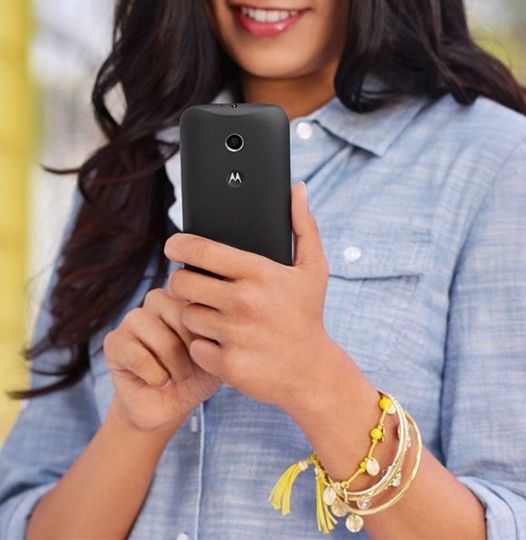As unified payments interface gets popular, cash transactions will come down as most small payments will be routed through this.
 The National Payments Corporation of India (NPCI)'s unified payments interface can usher in a digital payments revolution in the country.
The National Payments Corporation of India (NPCI)'s unified payments interface can usher in a digital payments revolution in the country.
Its appeal lies in the simplicity and interoperability. The method of sending and receiving money is as easy as sending a text message from a phone and money can be used across payment channels, devices and institutions.
As this service can also be used for small everyday transactions, it has the potential to bring down cash transactions in the economy if it becomes popular.
India is still a cash-intensive economy with cash-to-GDP ratio of 12%, according to JM Financial's report on UPI.
"As per various estimates, 95% of consumer transactions by volumes and 65% by value in India are carried out in cash," the report states.
To start using the UPI, individuals need to go through the initial sign-up process after which doing transactions gets easy.
At present, a person can use the UPI on mobile only. Of the 29 banks that have currently adopted UPI, some have integrated the payment gateway to their existing mobile app and some have launched completely new app for this.
The individual will need to download the UPI app, if the bank has a separate one.
Then, register and set MPIN and a virtual ID. Your bank account details will be mapped to the virtual ID.
When someone wants to send you money, all they need is your virtual ID - there won't be any need for bank account number or IFSC code.
Add your bank details to the UPI and you are good to send and receive money.
Suppose you are shopping at a website and reach the payments page. All you will need to enter there is your virtual ID.
Immediately, you will receive a notification on the mobile app asking to authorise the transaction.
After you enter the PIN, the payment will go through.
Similarly, if a person wants money from you, he will use the UPI and send a request asking you to transfers the specific amount. Once you authorise, the money will be transferred.
You can transfer money using UPI even if the receiver doesn't have a virtual ID.
In this case, you will need to add the receiver as a beneficiary using the bank account and IFSC code, just like it happens in case of National Electronic Funds Transfer (NEFT) and Immediate Payment Service (IMPS).

If the receiver's Aadhaar is linked to the bank account, you can also transfer money using the Aadhaar number.
NPCI has launched the UPI as a pilot project with 29 banks.
All major banks, except State Bank of India, will offer it. For now, it will only work on mobile through the netbanking apps.
But, all kinds of account holders can use it - be it regular savings bank accounts or Jan Dhan accounts. The limit for each transaction via UPI is Rs 1 lakh. However, if your bank has set any lower limit on mobile transactions, the bank's limit will apply.
The transactions done using the UPI are as secure as any other banking transaction like NEFT or IMPS. While the user enters only MPIN, at the backend, two-factor authentication takes place.
"Currently, the average transaction through IMPS is Rs 5,000. This is likely to go down as people will now use UPI for making payments of smaller amounts," says Dilip Asbe, chief operating officer, NPCI.












 © 2025
© 2025